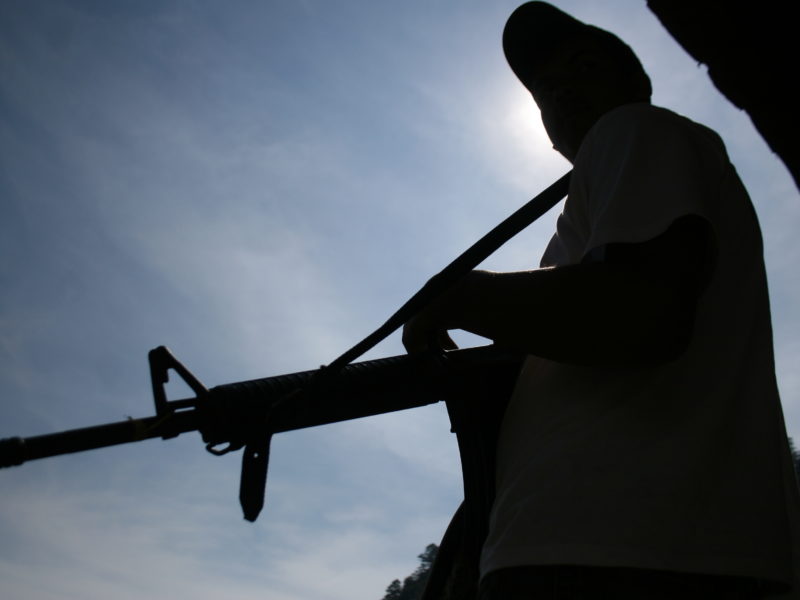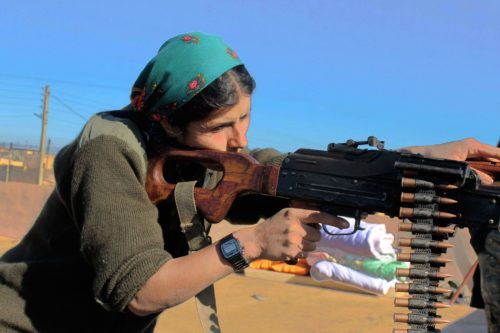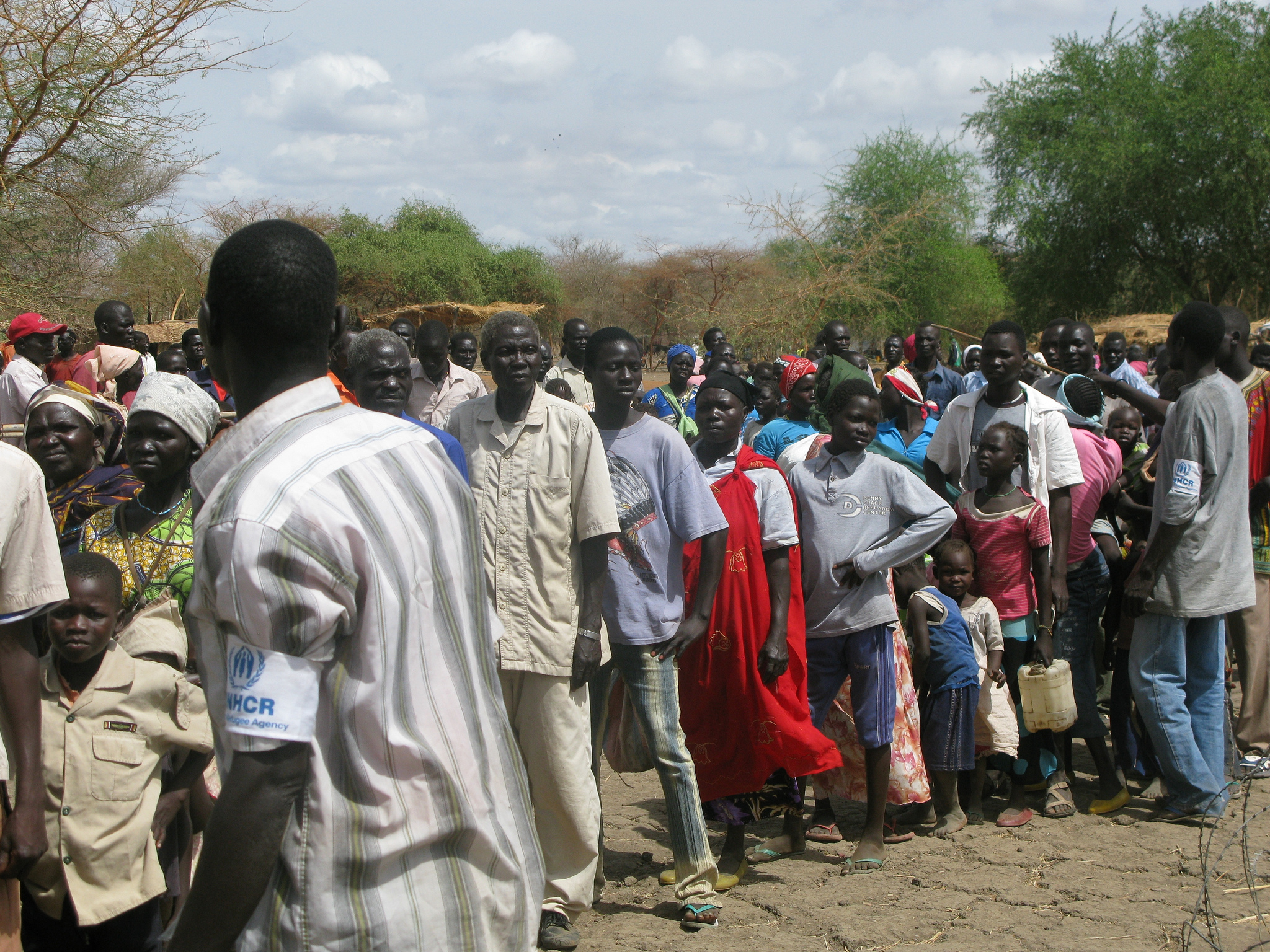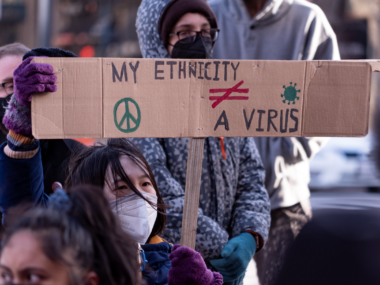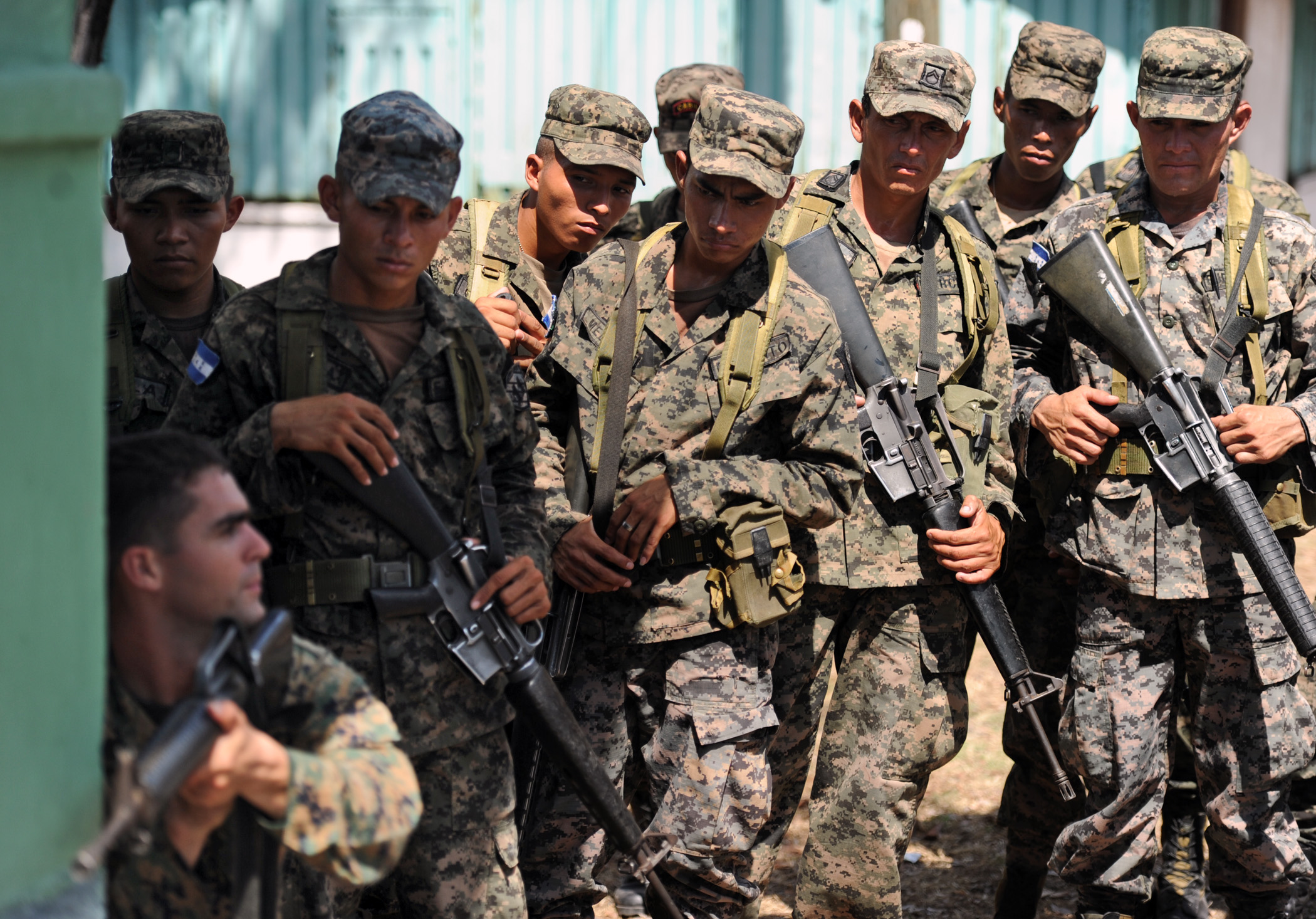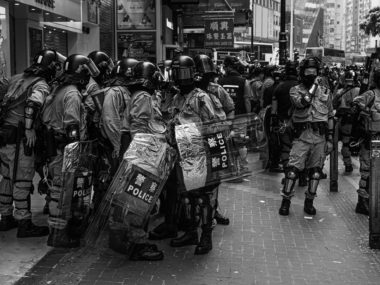IGCC Dissertation Fellow Series
Guest post by Joel Herrera
On Wednesday morning, March 31, 2021, armed convoys were mobilized into Aguililla, a small town in Mexico’s western state of Michoacán. The offensive was launched by Cártel de Jalisco Nueva Generación (CJNG) against an alliance of local criminal groups known as Carteles Unidos. CJNG reportedly captured Aguililla after a day of fighting that left over two dozen rival gunmen dead.
This attack is only one of the latest headlines in CJNG’s ongoing campaign to dominate Michoacán’s Tierra Caliente region, an area known for its hot weather, natural resources, and drug trafficking. Since January alone, the conflict between CJNG and Carteles Unidos has forced more than 1,500 people to flee Aguililla and surrounding communities.
What does growing criminal violence in Michoacán portend for Mexico and Latin America more broadly?
In early 2020, I met with a priest in the city of Apatzingán, the political and economic center of Tierra Caliente. He identified a simple pattern to the dynamics of violence in the region. Every five years or so, a new criminal organization emerges causing a wave of bloodshed. Tranquility eventually follows if a single group dominates the scene and colludes with local authorities. But time and time again, these criminal actors are challenged by new, potential powerholders.
In other words, violence in Tierra Caliente is cyclical. The rise to power of armed groups creates the conditions for their displacement by new groups. The other lesson: violence is political. Criminal groups don’t just compete over drug markets—they compete to control local populations, economies, and governments.
Criminal governance can be seen in the prisons and shantytowns of Brazil; in the rural trafficking hubs of Central America; and among rebel groups in Colombia’s conflict zones. In these and other places, violence among vigilante groups can propel them to positions of power, where they fight both to govern and monopolize criminal activities. The current conflict in Michoacán is simply the latest expression of powerplays between armed actors to establish control in key territories.
The cycle of violence in Tierra Caliente began in the early 2000s with the arrival of Los Zetas from the border state of Tamaulipas. Violence and extortion by Los Zetas led some locals to combat the “invasion” by forming La Familia Michoacana, a nativist criminal organization with social justice and religious undertones. La Familia emerged dominant in this conflict as the Mexican state waged its War on Drugs in Michoacán.
In 2011, infighting within La Familia gave rise to a faction called Los Caballeros Templarios. Following their predecessors, the Templars exploited local communities for profit by installing an extensive protection racket in Tierra Caliente. From food stands to packing plants and iron ore mines, illegal taxes were applied to virtually all economic activities. Exploitation evolved into repression as the Templars increasingly ruled through violence with impunity.
Templar governance was ultimately short-lived. A social conflict detonated in 2013 when vigilante groups, known as autodefensas, formed in response to criminal repression. Although the autodefensas helped dismantle the Templar organization, they failed to bring lasting security to Tierra Caliente. Criminal actors had also mobilized to protect their political and economic interests. So when Mexico’s federal government attempted to institutionalize the autodefensas by turning them into rural police, they inadvertently empowered the criminal groups who were embedded in the movement. As a result, according to local journalists, there are currently over 20 criminal organizations entrenched across Michoacán.
The restructuring of the criminal landscape paved the way for the current conflict in Tierra Caliente. CJNG began advancing in Michoacán during the autodefensa uprising by building alliances with local actors. But a schism with former vigilante leaders in 2019 prompted CJNG to accelerate their campaign in Tierra Caliente. The Carteles Unidos coalition formed to face this external threat and new vigilante groups began to emerge soon after.
There is currently no end in sight for the violence in Tierra Caliente. Whereas CJNG has the resources to wage a prolonged war, Carteles Unidos and new vigilante groups count on a higher level of support and legitimacy with local communities. Yet both groups have been accused of extorting and coercing local populations. It is also unlikely that criminal governance in the region will fade away. Instead, upcoming elections in Mexico give criminal groups an opportunity to cement their political ties with both incumbent authorities and running candidates.
Michoacán’s drug wars show that violence in Mexico, and in Latin America more broadly, isn’t an instrument monopolized only by the state. They also show that the problem isn’t waning. State crackdowns on organized crime and efforts to establish rule of law have repeatedly proved impotent. And as is often the case, the socially and economically vulnerable communities and families who are subject to criminal violence and governance in Latin America pay the price.
Joel Herrera is a PhD Candidate in Sociology at UCLA and an IGCC dissertation fellow.

